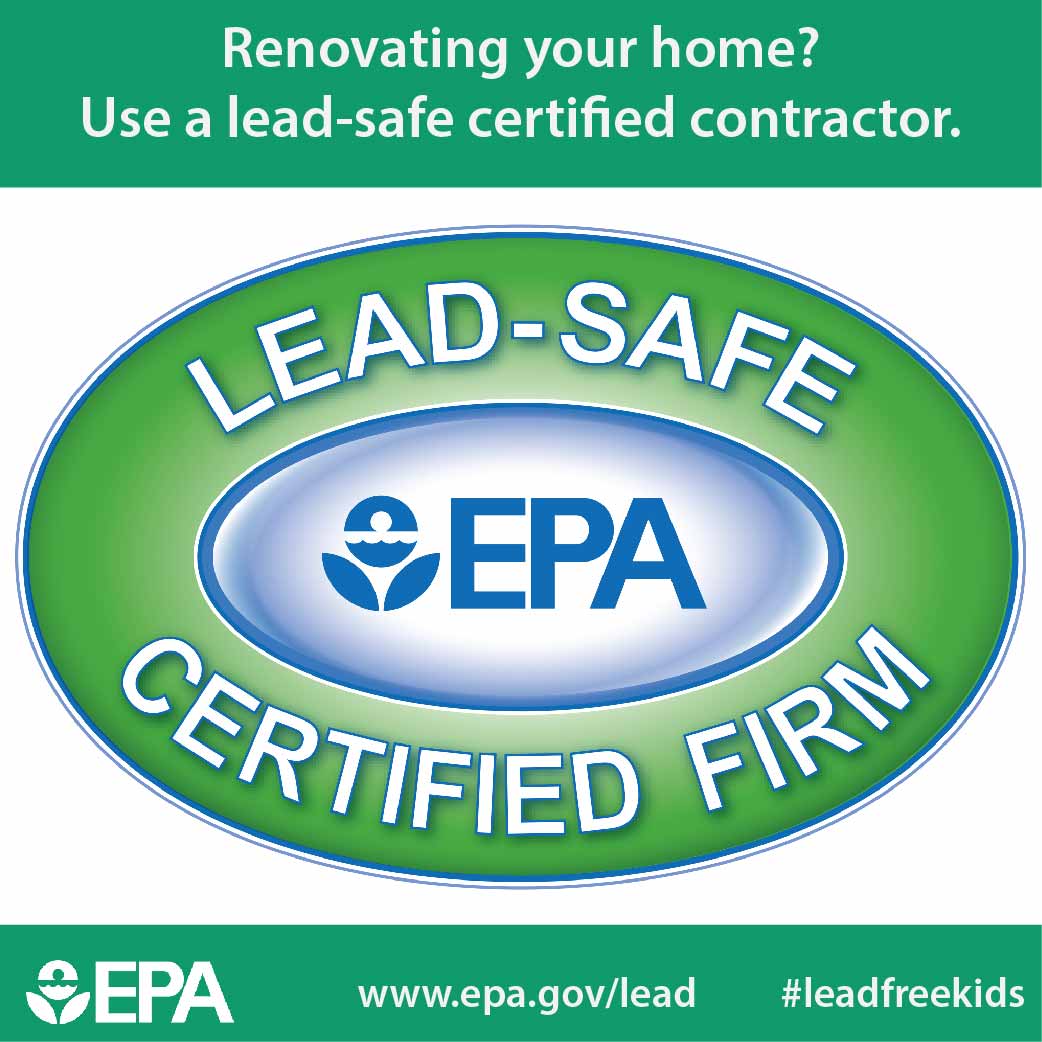Understand How Seasonal Conditions Affect The Success Of Commercial External Painting And Find Out The Optimal Durations To Assure Long-Lasting Results For Your Task
Understand How Seasonal Conditions Affect The Success Of Commercial External Painting And Find Out The Optimal Durations To Assure Long-Lasting Results For Your Task
Blog Article
Web Content Develop By-Fox Urquhart
When you're preparing a business outside painting job, seasonal factors can make or break your results. You'll want to consider exactly how temperature level and humidity impact paint application and drying out times. Picking the appropriate season can ensure your paint adheres properly and lasts much longer. Yet which commercial exterior painters near me are genuinely the most effective for this kind of job? Let's check out the key elements that can influence your task's success.
The Influence of Temperature Level on Paint Application
When you're intending a commercial external paint project, the temperature can considerably influence just how well the paint adheres and dries out.
Ideally, you intend to paint when temperatures vary in between 50 ° F and 85 ° F. If it's as well cold, the paint might not heal appropriately, bring about issues like peeling or breaking.
On the other side, if it's also hot, the paint can dry as well quickly, stopping proper attachment and leading to an unequal finish.
You should likewise take into consideration the moment of day; early morning or late afternoon supplies cooler temperatures, which can be a lot more desirable.
Always inspect the manufacturer's recommendations for the specific paint you're using, as they usually offer guidance on the suitable temperature level variety for optimum outcomes.
Humidity and Its Result on Drying Times
Temperature level isn't the only environmental factor that affects your business exterior paint project; moisture plays a substantial duty as well. High humidity degrees can decrease drying out times significantly, impacting the general high quality of your paint task.
When the air is saturated with wetness, the paint takes longer to treat, which can lead to problems like bad attachment and a greater threat of mildew growth. If you're repainting on a specifically damp day, be planned for extensive wait times between layers.
It's vital to keep track of neighborhood weather conditions and strategy as necessary. Ideally, go for humidity levels in between 40% and 70% for ideal drying.
Maintaining these consider mind ensures your task stays on track and provides a lasting coating.
Best Seasons for Commercial Exterior Painting Projects
What's the very best time of year for your industrial exterior paint projects?
Spring and very early loss are typically your best bets. Throughout these periods, temperature levels are moderate, and humidity degrees are frequently reduced, developing excellent problems for paint application and drying.
Prevent summer's intense heat, which can cause paint to dry too rapidly, resulting in bad adhesion and surface. Similarly, winter's cold temperature levels can prevent appropriate drying and healing, taking the chance of the long life of your paint work.
Go for days with temperatures between 50 ° F and 85 ° F for optimal outcomes. Remember to examine the regional weather forecast for rain, as wet conditions can wreck your job.
Planning around these factors guarantees your painting project runs smoothly and lasts longer.
Final thought
Finally, preparing your industrial exterior paint tasks around seasonal factors to consider can make a significant distinction in the outcome. By organizing job during the ideal temperatures and moisture levels, you'll guarantee far better attachment and drying times. Remember to keep Discover More Here on local weather forecasts and pick the correct time of year-- springtime and very early fall are your best choices. Taking these actions will aid you attain a long lasting and specialist surface that lasts.
